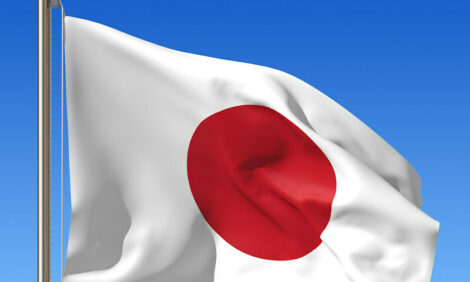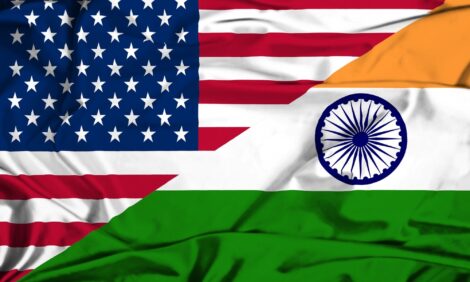



New Report Reveals Use of Irradiation in EU Foods
ANALYSIS - A new report published by the European Commission (EC) recently reveals that more than 9,000 tonnes of food were irradiated in the European Union in 2010. The main findings are summarised by senior editor, Jackie Linden.According to the report, entitled Report from the Commission to the European Parliament and the Council of Food and Food Ingredients treated with ionising radiation for the year 2010, the process was used in 11 member states for a whole range of foods, which included poultry, fish & shellfish, egg products and meat. The quantities treated are very small compared to the total volume of food produced in the EU and there are strict controls on its use.
The report explains that Directive 1999/2/EC of the European Parliament and of the Council of 22 February 1999 requires Member States to forward to the Commission every year:
- the results of checks carried out in irradiation facilities, in particular regarding the categories and quantities of food and food ingredients treated and the doses administered, and
- the results of checks carried out at the product marketing stage and the methods used to detect treatment with ionising radiation.
Report summary
In all, 11 countries reported the use of irradiation for foods: Belgium, Bulgaria, the Czech Republic, Germany, Estonia, Spain, France, Hungary, the Netherlands, Poland and Romania.
In total across all 11 countries, 9,263.4 tonnes of food was irradiated in 2010, 48 per cent of which by volume was frogs’ legs. Other volumes of interest were poultry (2,082.1t; 22.5 per cent of the total); fish, shellfish & shrimps (165.8t; 1.8 per cent); egg white/powder (160.6t; 1.7 per cent) and meat (4.2t; 0.05 per cent).
Of the total, a little over 63 per cent was irradiated in Belgium, 16.6 per cent in the Netherlands and 11.0 per cent in France – the only three countries that irradiated poultry. Belgium and the Netherlands reported irradiating fish, shellfish & shrimps and egg white/powder. Only Belgium treated meat in this way.
Across the EU in 2010, 6,244 samples of irradiated food were checked for compliance, of which 144 (2.3 per cent) were found to be non-compliant.
Background on Food Irradiation in the EU
According to DG Health & Consumers group, irradiation is a physical treatment of food with high-energy, ionising radiation. It can be used to prolong the shelf life of food products and/or to reduce health hazards associated with certain products due to the presence of pathogenic micro-organisms.
The treatment may be applied for different purposes, such as:
- Prolongation of the shelf life and prevention of food-borne diseases by reducing the number of viable micro-organisms in meat, poultry and seafood
- Prevention of germination and sprouting of potatoes, onions and garlic
- Disinfestation by killing or sterilising insects which infest grains, dried fruit, vegetables or nuts
- Retardation of ripening and ageing of fruit and vegetables, and
- Reduction of micro-organisms in spices and herbs.
In practice, DG Health & Consumers adds, the use of this technique is rather limited although it is authorised in many countries.
Irradiation facilities
According to Article 3(2) of Directive 1999/2/EC, food and food ingredients may be irradiated only in approved irradiation facilities. Irradiation of food and food ingredients may only be carried out by means of the following sources:
- Gamma rays from radionuclides 60Co or 137Cs
- X-rays generated from machine sources operated at or below a nominal energy (maximum quantum energy) level of 5 MeV, and
- Electrons generated from machine sources operated at or below a nominal energy (maximum quantum energy) level of 10 MeV.
Irradiated food and food ingredients
The irradiation of dried aromatic herbs, spices and vegetable seasonings is authorised at EU level by Directive 1999/3/EC of the European Parliament and of the Council of 22 February 1999 on the establishment of a Community list of food and food ingredients treated with ionising radiation.
In addition, seven Member States have notified that they maintain national authorisations for certain food and food ingredients in accordance with Article 4(4) of Directive 1999/2/EC.
Any irradiated foodstuff containing one or more irradiated food ingredient must be labelled with the words ‘irradiated’ or ‘treated with ionising radiation’.
Further Reading
| - | You can view the full report from the EC by clicking here. |






